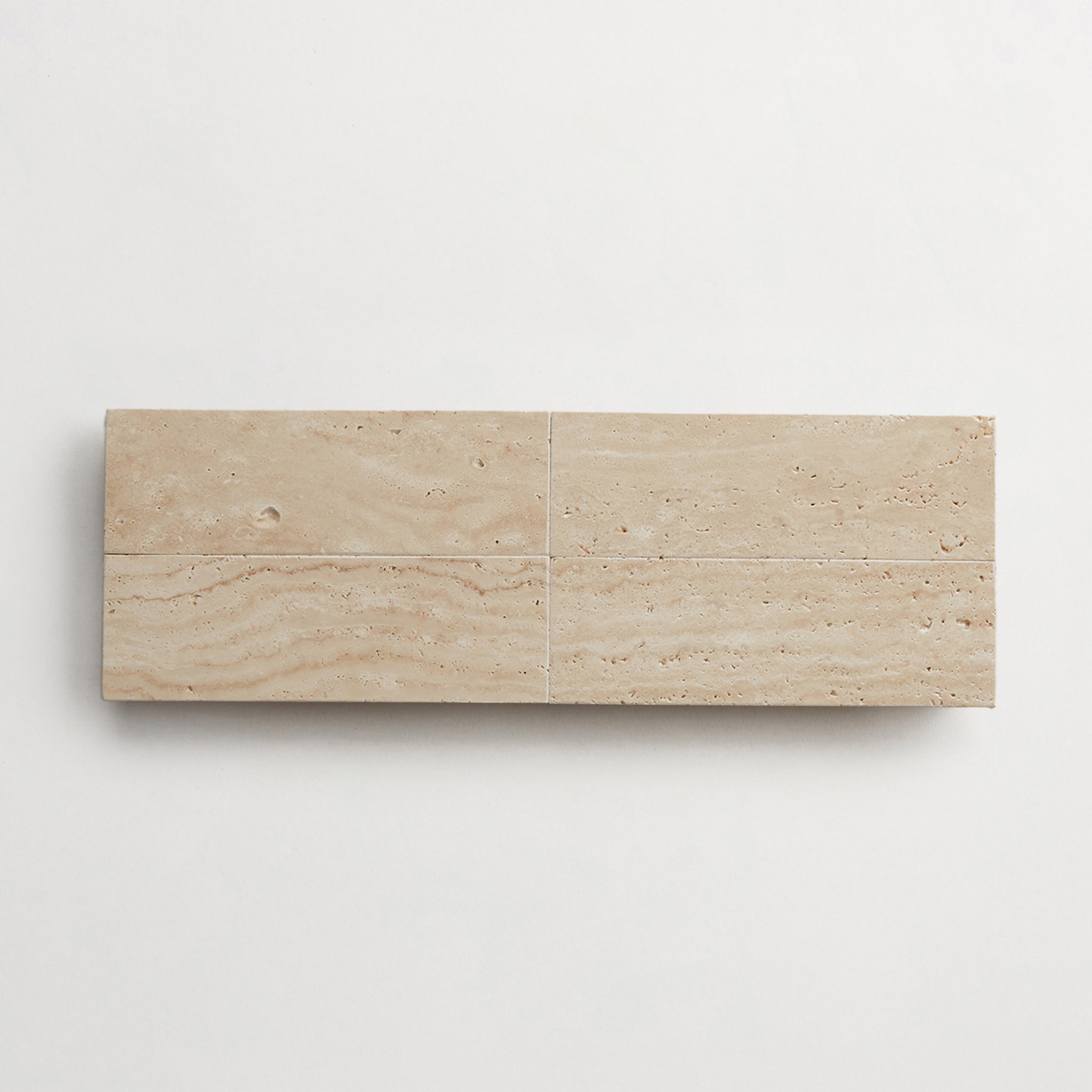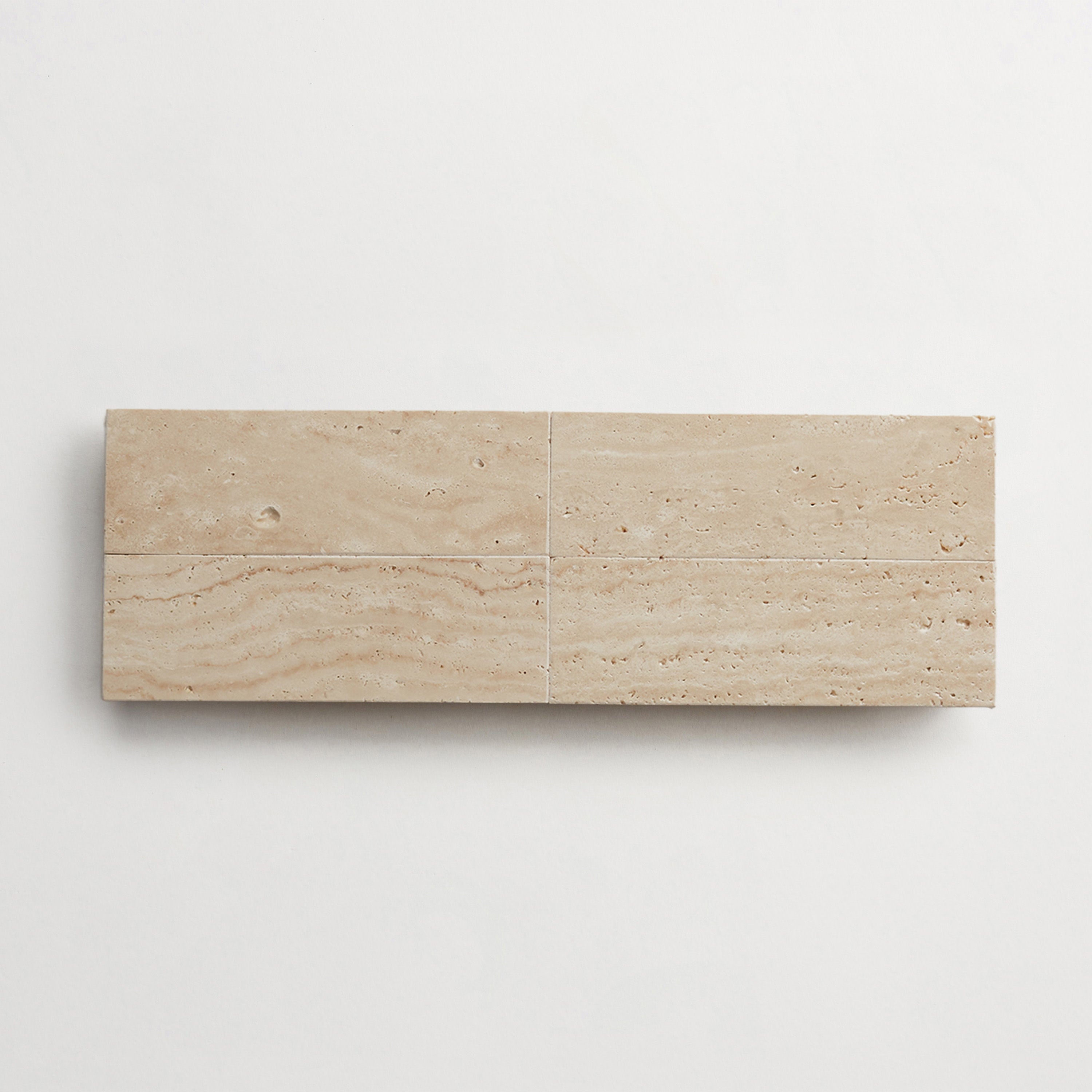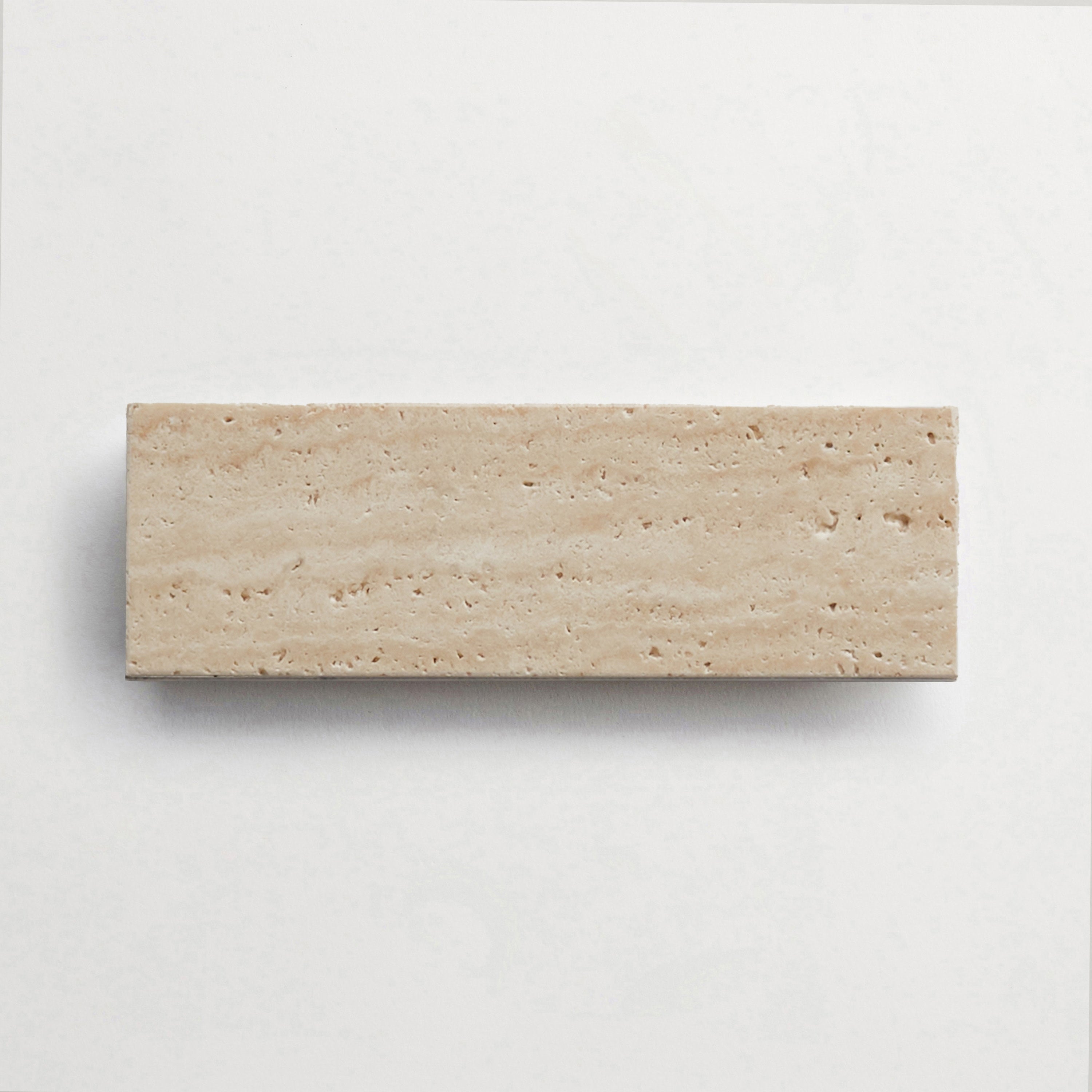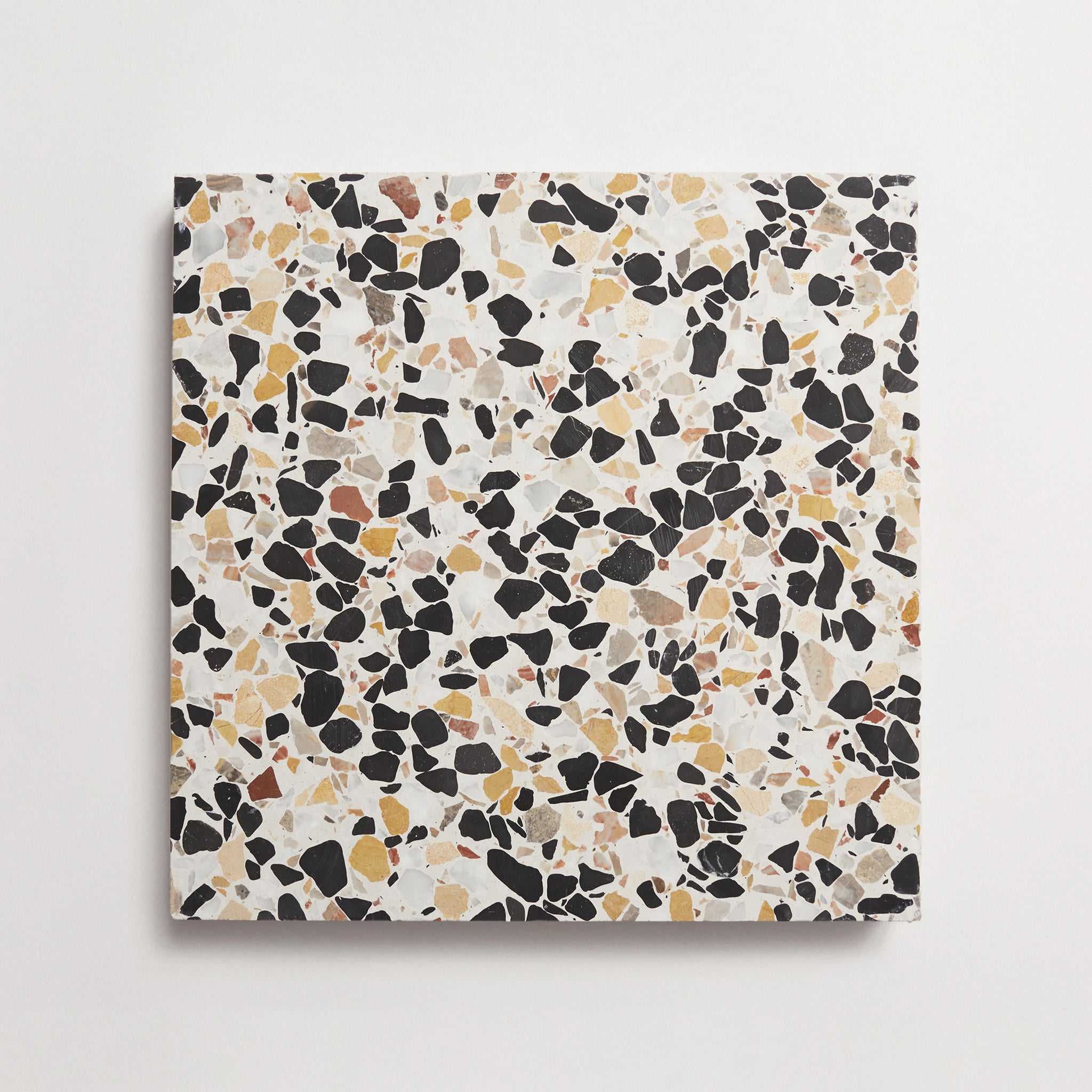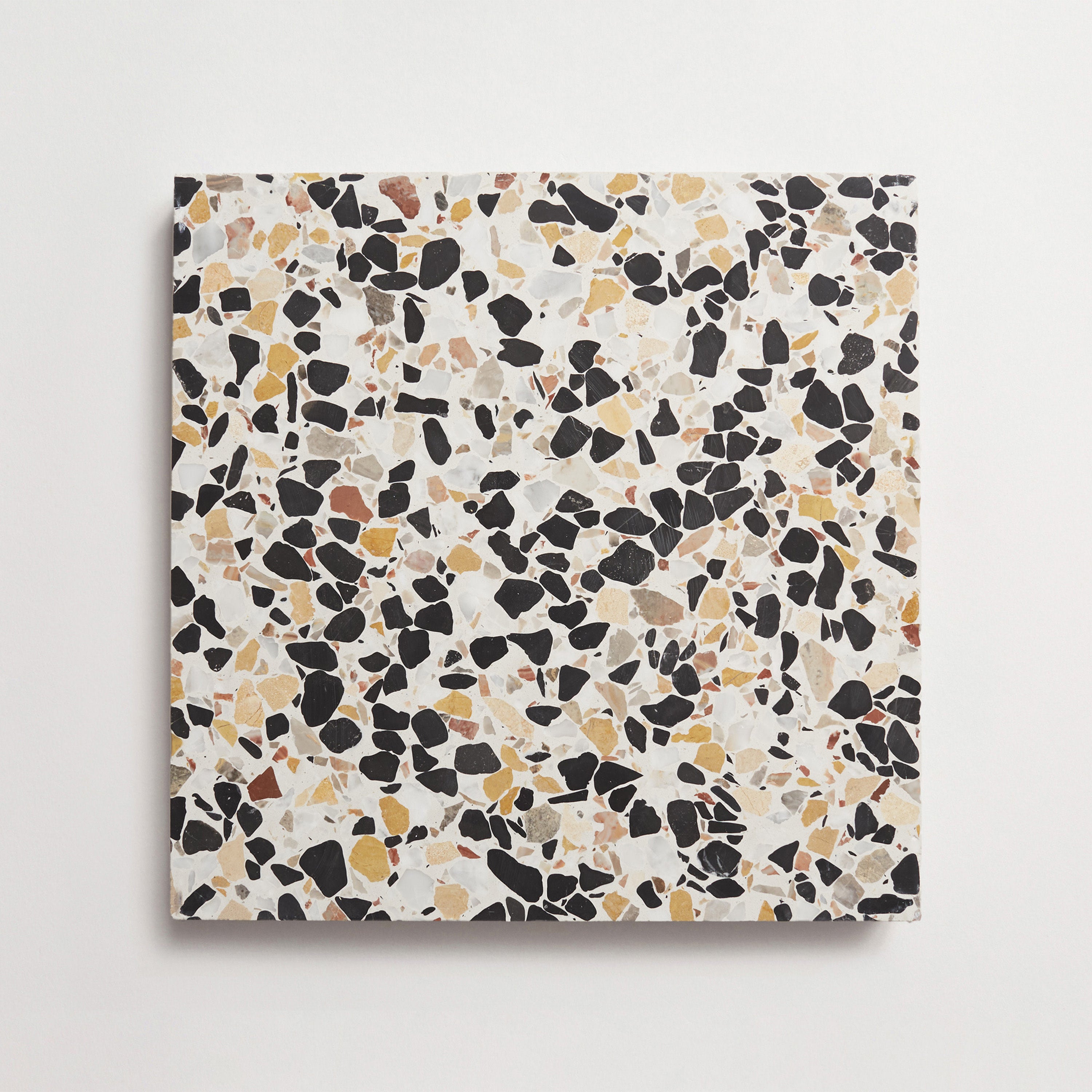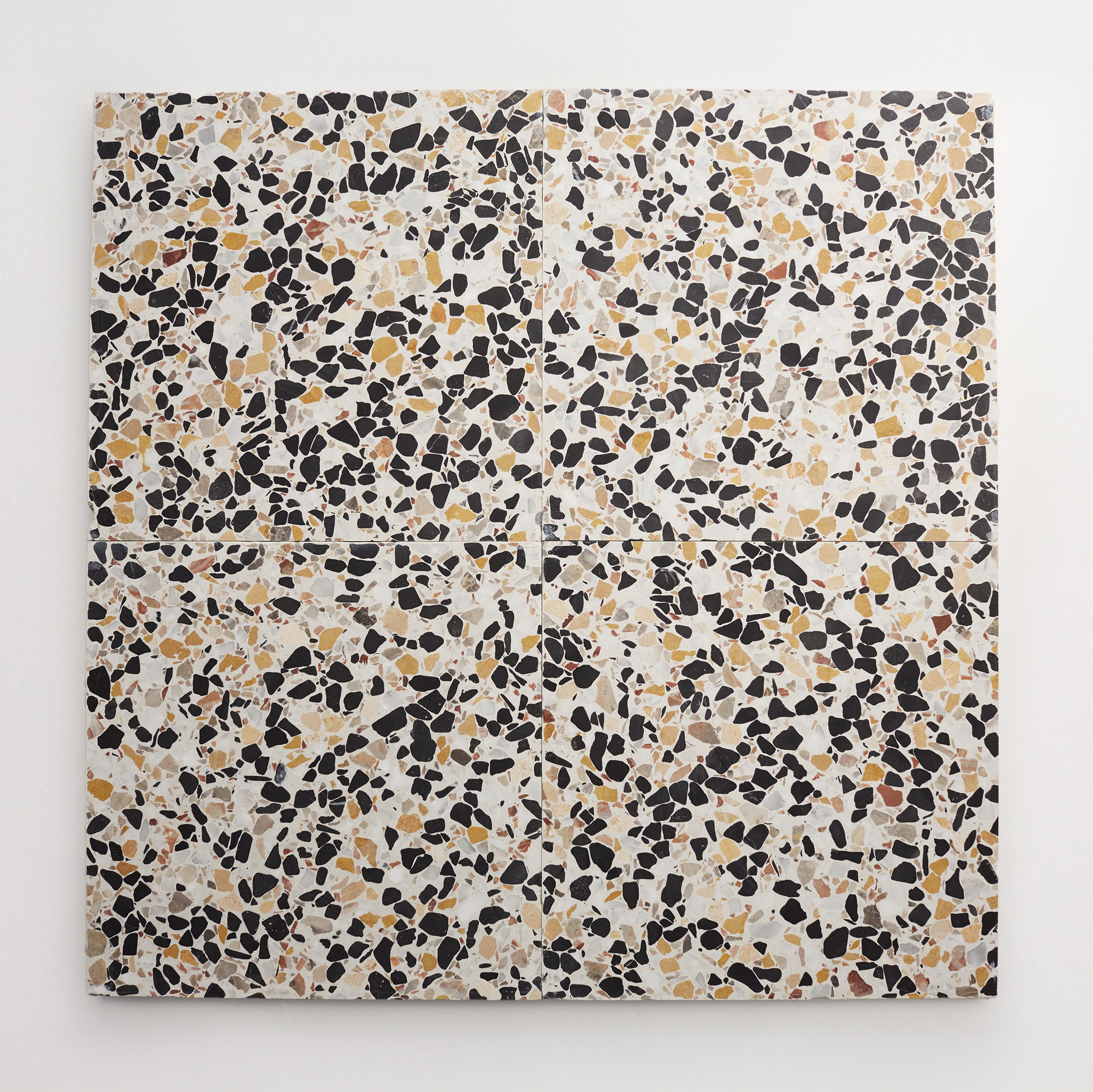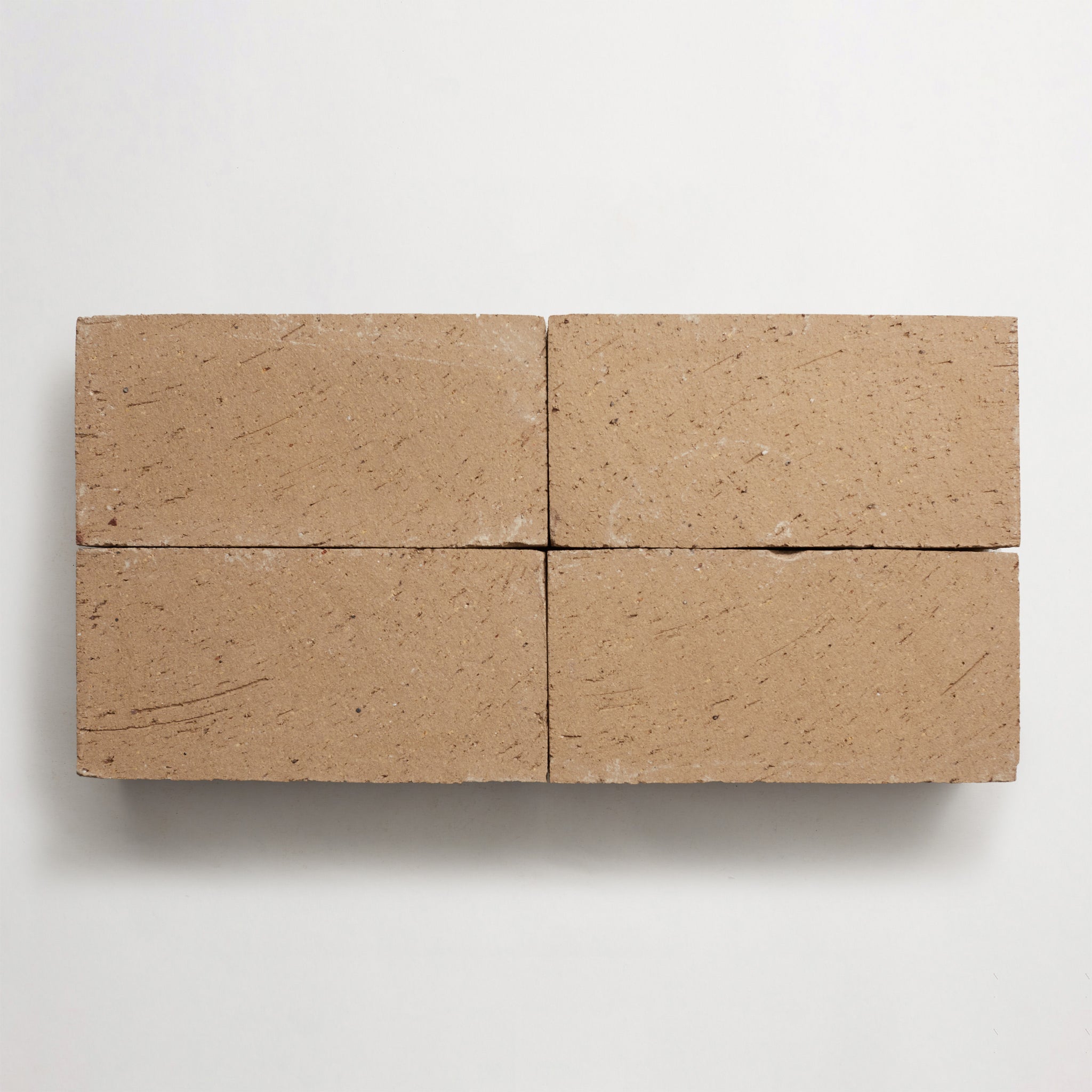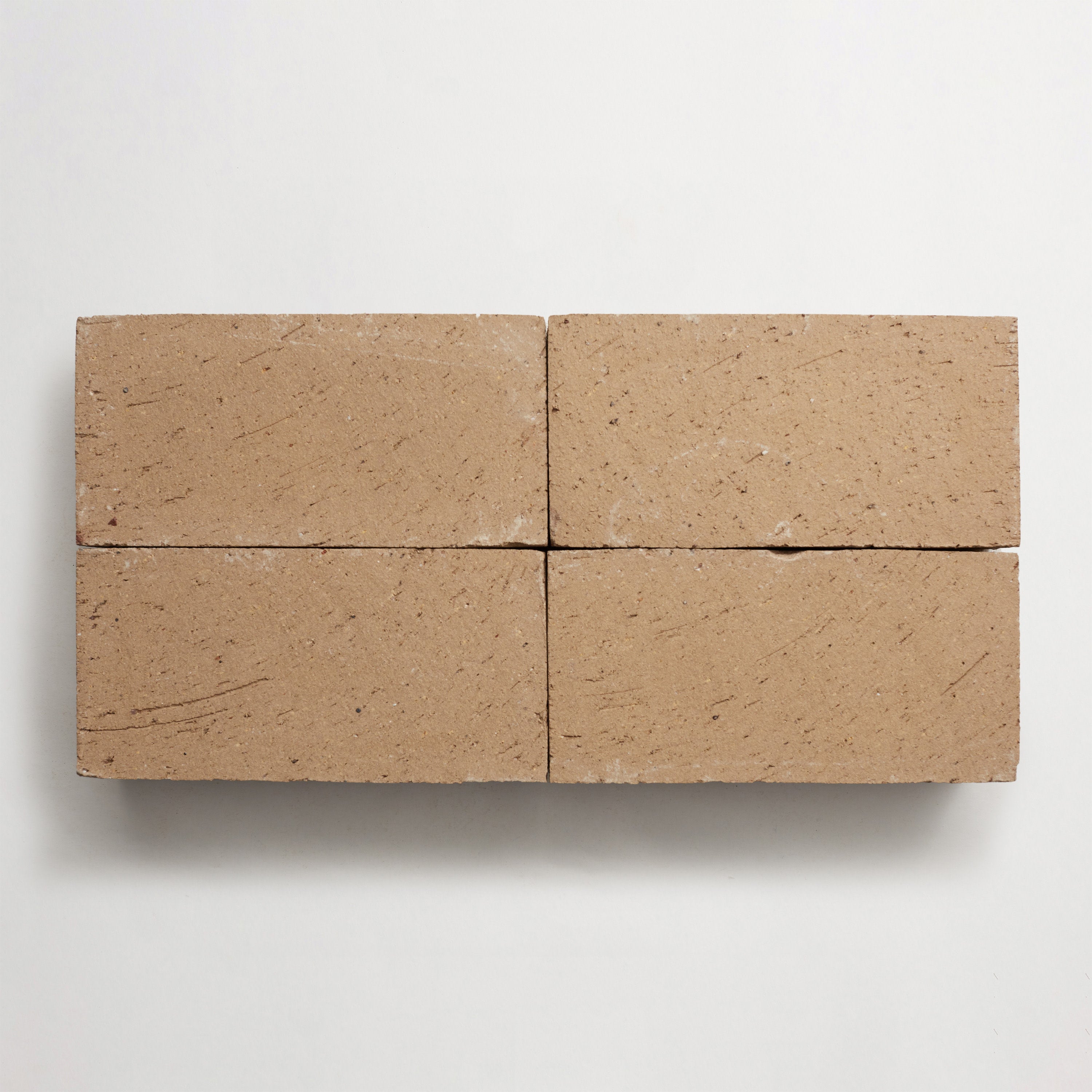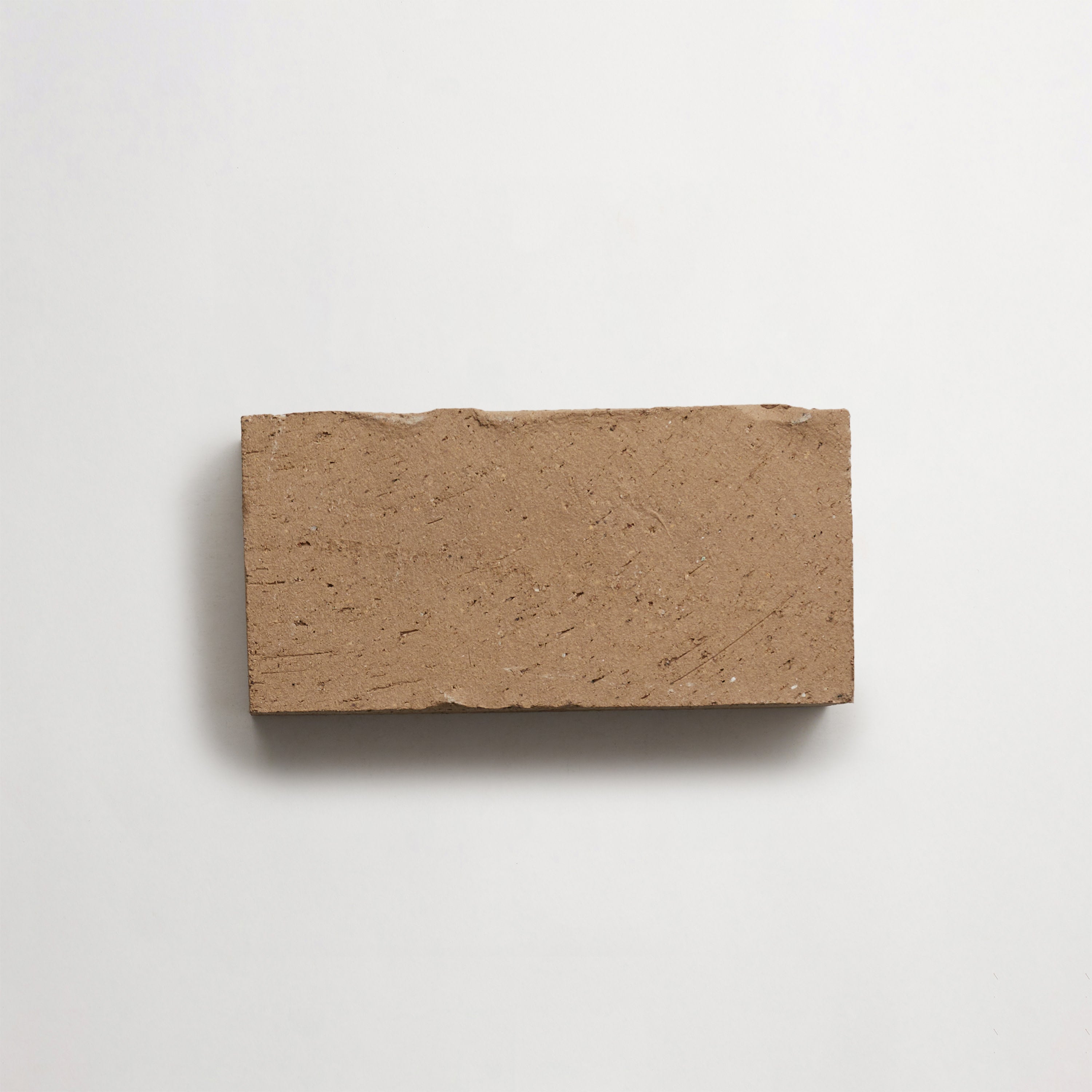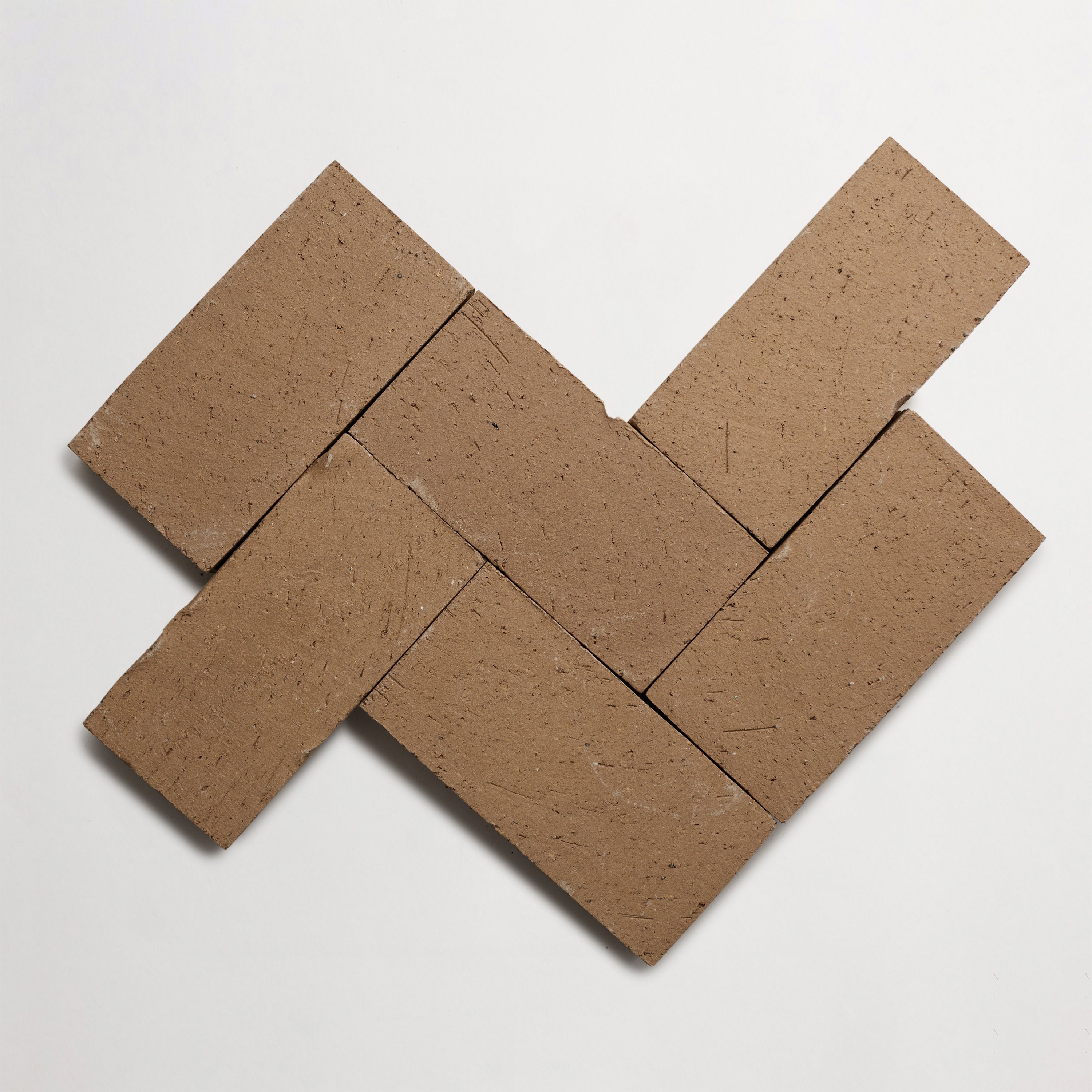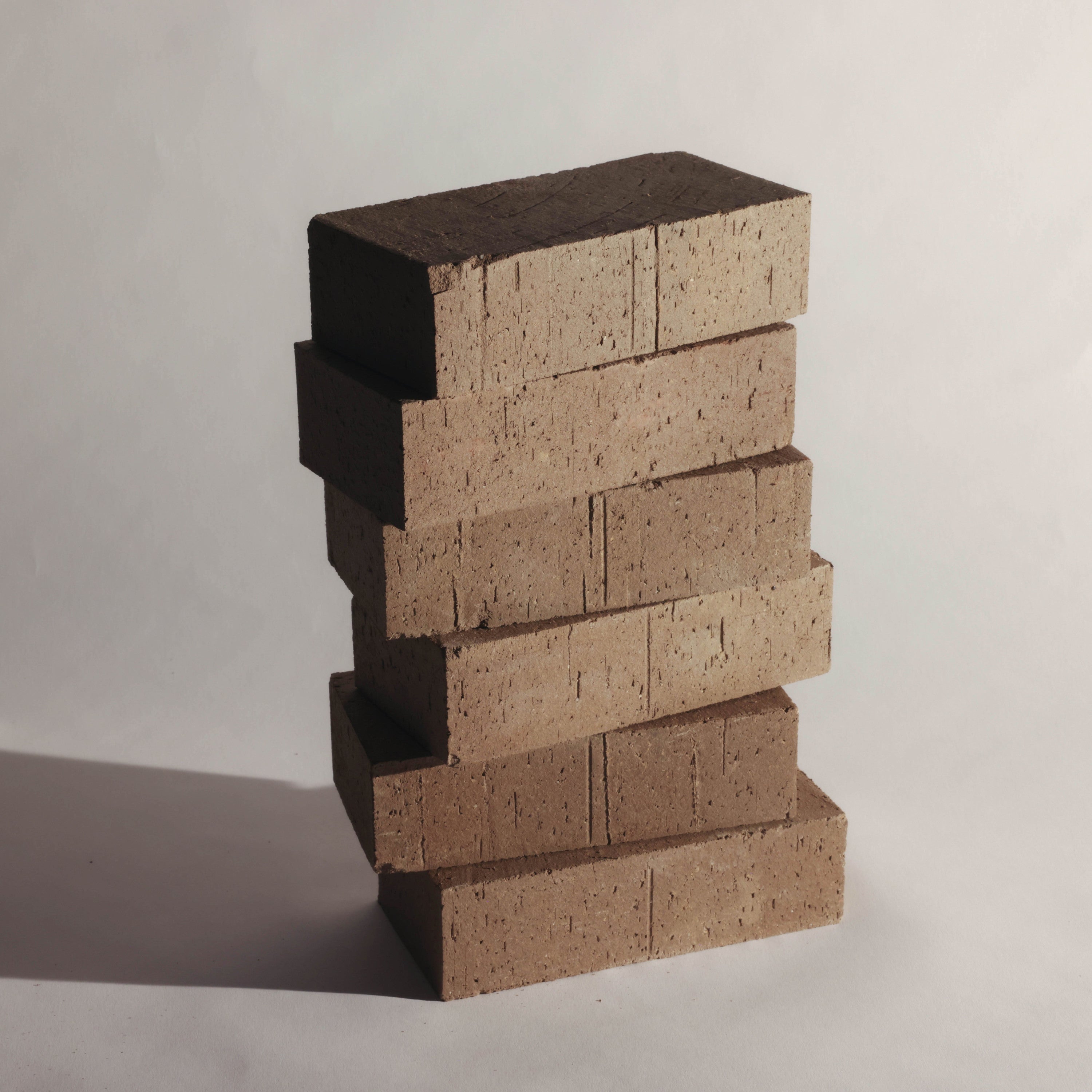your shopping cart is empty.

Grangestone, Medium Petros, Slate
How to Plan the Perfect Outdoor Kitchen Layout
For interior designers, landscape architects, and homeowners planning to renovate the backyard, incorporating an outdoor kitchen is the perfect opportunity to bring both form and function to an outside space. Whether you’re dreaming of a built-in grill flanked by stainless steel cabinets or a stone pizza oven nestled under a pergola, the right layout can transform an underutilized patio into a thoughtful extension of the home.
From choosing materials that withstand the elements to defining distinct zones for prep, cooking, and serving, each decision impacts the flow, functionality and aesthetics of an outdoor space. In this guide, we’ll explore every step of planning an outdoor kitchen layout, explore popular layout types, break down essential zones, and share design tips to help you create a cohesive, inviting outdoor kitchen — no matter the size of the backyard or budget.
Planning An Outdoor Kitchen Layout Step-By-Step
Before diving into the details, it helps to break the planning process into clear, manageable steps. The most beautiful projects we see tend to follow a process involving five key steps of thorough planning (and then more planning for good measure).
1. Define Your Vision for the Space
The first step in any outdoor kitchen design is to outline how you (or your client) will use the area. Will it be a sprawling entertaining hub for large gatherings, or a compact setup for weekend pizza nights? Also consider whether a built-in grill will serve as the centerpiece, if a pizza oven will lend artisanal flair, or if a fire pit will be the focus of the area.
It helps to ask questions like: Will natural gas or propane provide the heat? Is there a need for storage drawers and cabinets that can hold accessories and utensils? Identifying the priorities up front ensures that the layout supports the vision for the space.
2. Determine the Size & Placement
Next, measure the backyard or patio to gauge how much space you can dedicate to cooking and seating. In small spaces, a linear kitchen against a fence or wall maximizes the space’s footprint, while larger lots can accommodate L-shaped or U-shaped modules with island or peninsula additions.
Be mindful of door clearances from nearby structures and maintain at least 3 to 4 feet of clearance around work zones for comfortable traffic flow. THoroughly sketching out proposed footprints is crucial before committing to permanent installations.
3. Consider Infrastructure Needs
Infrastructure is the backbone of any successful outdoor kitchen layout. Plan for utility connections — including natural gas lines, electrical outlets for appliances, and plumbing for sinks or ice makers — early in the design phase. This also means ensuring built-in grills and stainless steel cooktops have proper ventilation, either through overhead hoods or open-air airflow in covered spaces.
If you’re adding lighting for evening cooking, map out cable runs and switch placements, as well. As experienced designers well, now, planning infrastructure concurrently with layout prevents costly retrofits down the line.
4. Finalize a Rough Layout
With measurements and infrastructure in hand, it’s time to finalize the layout. (Homeowners: Partnering with an experienced designer or architect is key here.) This includes marking key components — like the grill, refrigerator, sink, pizza oven, drawers, and doors — in their proposed locations.
Don’t forget to arrange appliances to form a basic service triangle between prep, cooking, and cleaning stations, minimizing unnecessary steps. This is your last opportunity to experiment with different configurations, such as linear kitchen layouts for streamlined efficiency or U-shaped layouts for versatile prep and serving zones.
5. Choosing Materials That Suite the Environment & Design Style
Selecting the right materials is crucial for durability and aesthetics in outdoor spaces. As always, opt for weather-resistant countertops made of granite, porcelain tile, or concrete that can withstand UV rays and temperature fluctuations. (We’re looking at you, freeze-thaw cycles.) Stainless steel appliances and doors offer corrosion resistance and a sleek, modern look, while stone, natural brick, and terracotta patio tile provide rustic or Mediterranean flair.
When in doubt, coordinate your materials with existing backyard elements — such as a stone fire pit or a wood pergola — to achieve a cohesive outdoor kitchen design.
Outdoor Kitchen Layout Types to Consider
If you’re an interior designer or landscape architect, you are probably familiar with a vast array of outdoor kitchen plans. Here, we explore four of the most common outdoor kitchen ideas — and the perks we see with each of them.
Linear Layout
A linear kitchen places all appliances and workstations along a single wall or fence — a perfect solution for compact backyards or narrow patios. This layout streamlines the cooking workflow in one direction and frees up adjacent space for seating or a fire pit. Incorporate a built-in grill, sink and refrigerator in a straight line, with drawers and doors below for storage.
L-Shaped Layout
The L-shaped layout utilizes two connected walls of workspace, offering more counter area and flexibility. One wing can house the cooking zone — the grill, pizza oven, and side burners, for example — while the other wing can serve as a prep and plating area with a sink and countertop. This layout suits corners of patios or decks, maximizing usable square footage.
U-Shaped Layout
For homeowners seeking ample counter space and multiple functional zones, the U-shaped layout wraps the kitchen around three sides. The center “cove” can feature a pizza oven or bar seating, while the two wings can accommodate cooking and cleaning. U-shaped designs naturally define the outdoor kitchen area within larger backyard plans.
Galley Layout
Also known as a parallel or corridor layout, the galley layout features two facing walls of cabinetry and appliances, with a walkway in between. Ideal for long, narrow spaces, this design incorporates counter space and storage into the same footprint as a linear kitchen. Keep one side dedicated to cooking and the other to prepping, washing, and refrigeration.
Island or Peninsula Additions
Adding an island or peninsula module can elevate any base outdoor kitchen layout. Islands serve as multiuse prep and seating hubs, often housing a sink or a built-in grill. Peninsulas extend from existing counters to create a bar with stools on one side and a workspace on the other. Both options enhance traffic flow and social interaction around the outdoor kitchen.
Layout Zones for a Functional Outdoor Kitchen
Before you finalize the layout, consider these key strategies we’ve see interior designers and landscape architects use to enhance both form and function.
Prep Zone
The prep zone gives spaces for the first step in the cooking workflow. Ideally situated between the refrigerator and the cooking station, this area includes countertop space, drawers for knives and tools, and easy access to appliances. Incorporating a small sink, when possible, is a great place to wash produce and utensils without trekking to the indoor kitchen.
Cooking Zone
At the heart of any outdoor kitchen is the cooking zone. Whether the space is home to a built-in grill, a pizza oven, or a combination unit, it must have proper clearances and ventilation. We’ve seen homeowners include side burners for sautéing, warming racks for keeping food hot, and stainless steel doors and cabinets for storing grill accessories like tongs and brushes.
Plating & Serving Zone
Adjacent to the cooking station, the plating and serving zone provides a staging area for finished dishes. A countertop or dedicated bar-height ledge keeps dishes within easy reach of guests. Nearby drawers and cabinets can hold plates, utensils, and accessories like serving platters, napkins, and condiments.
Dining & Entertaining Zone
Don’t forget the end destination: the dining and entertaining zone. This area may include a fire pit, outdoor dining table, or bar seating at a peninsula. Choose comfortable seating, of course, with durable outdoor fabrics and ambient lighting to create a welcoming atmosphere. Plan for shade structures like pergolas or umbrellas to protect guests from sun and rain.
Design Tips for the Perfect Outdoor Kitchen Layout
A successful outdoor kitchen merges style with practicality, so it’s important to fine-tune the details that elevate an outdoor kitchen layout from good to great. Think: thoughtful material choices, clear sightlines, and purpose-driven surfaces to define each zone.
Use Materials to Visually Define Functional Zones
Differentiate workstations by varying materials. For example, a marble tile countertop in the prep zone can transition to a concrete surface around the pizza oven. Contrasting tile on the kitchen island and cabinets under the sink can help delineate cooking versus cleaning areas.
Maintain a Balanced Visual Flow
Keep sightlines open by avoiding tall walls or cabinets that block views of the backyard. Half-height partitions — like low masonry walls or planter boxes — can separate zones without closing off the space. Additionally, coordinating materials and colors across modules will bring harmony to the whole outdoor kitchen design.
Optimize Surfaces for Purpose and Placement
Position heat-resistant materials near grills and pizza ovens, and waterproof, stain-resistant surfaces around sinks and refrigerators. (When considering tile for these surfaces, you can also check the tile’s technical specifications and material guidelines.) Modular drawer inserts and pull-out shelves can organize spices, utensils, and paper goods.
Designing an outdoor kitchen layout that blends form and function requires thoughtful planning, from defining the overall vision to selecting the right materials for the environment. By following these steps — measuring the space, finalizing the layout, accommodating infrastructure needs, and choosing durable finishes — you’ll create an outdoor space that’s as practical as it is inviting.
-
Beige Travertine
-
lapidary
:
-
le Disque
-
4
" x
-
4
" x
-
⅛
"
-
sqft
/
$
-
Blanco
-
Dolce Vita Terrazzo
:
-
Torrone III
-
8
" x
-
8
" x
-
⅞
"
-
sqft
/
$
-
Pampas Grass
-
BrickWorks
:
-
le Disque
-
4
" x
-
16
" x
-
⅝
"
-
sqft
/
$







